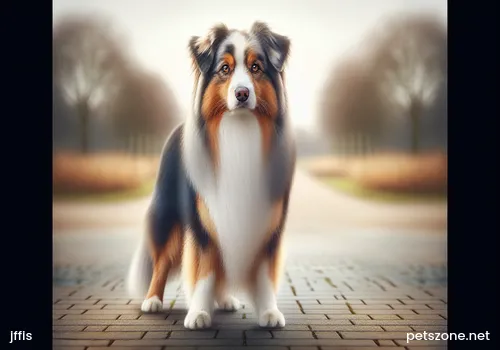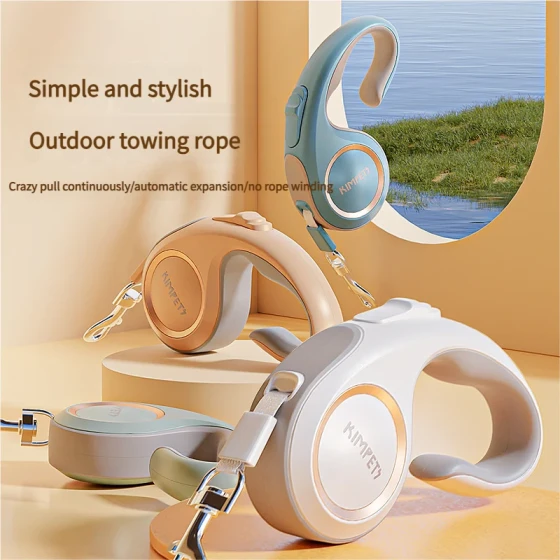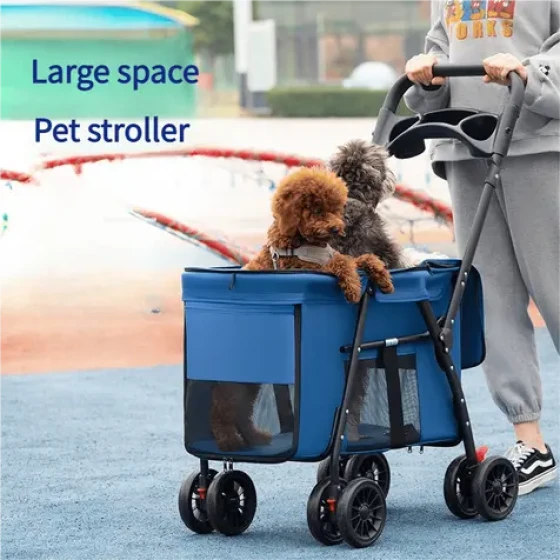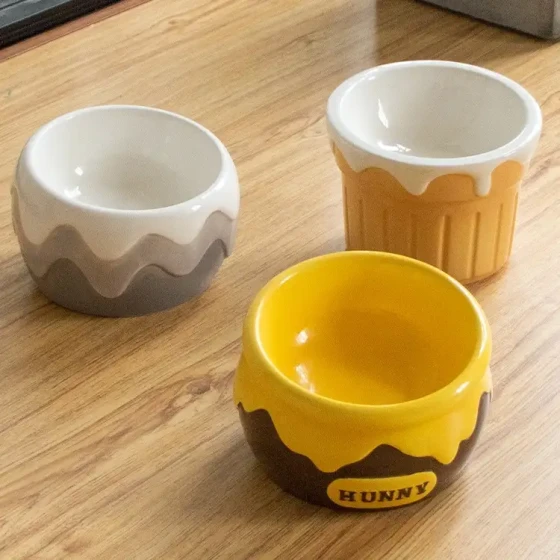Introduction about the Short-haired Dachshund

Short-haired Dachshund
The editor has seen Dachshunds before, but they were the long-haired kind; this is the first time seeing information about the short-haired Dachshund, so sharing it with dog lovers.
Alias: Rabbit Hound
English name: Dachshund
Weight: (Male) 4kg
(Female) 4kg
Size: (Male) 26—37cm
(Female) 26—37cm
Origin: Germany
Breed Introduction
The coat is short, smooth, and sleek. It should be neither too long nor too thin. The ears must not resemble leather. Tail: gradually tapering towards the tip but without excessive hair. The hair on the belly is long and smooth; patches of coarse hair are not considered faults. According to Pets King, brush-like tails are faults, as are completely hairless or partly hairless tails. Coat colors: Although base color is not very important, a defined pattern and base color are still dominant. Solid colors include red (with or without dark or light brown shading) and cream. A small amount of white on the chest is allowed but not ideal. Nose leather and nails are black.
Bicolor includes black, wild boar color, gray (blue), chocolate, fawn (Isabella brown), each with brown markings above the eyes, on both sides of the jaw, lower lips, ears, around the anus, and under the tail extending 1/3 to 1/2 down the tail. Undue prominence or too pale brown markings are not desirable. Some white on the chest is allowed but not ideal. Nose leather and nails are black on black dogs; chocolate and other colors have dark brown, but their own colors are also acceptable.
Brindle pattern, the "single brindle" style, combines obvious light blaze areas and very dark base colors in any possible color. Neither light nor dark colors dominate. Nose leather and nails are the same as for solid or bicolor Dachshunds. Partial or full blue eyes (with a colored ring inside the eyes) are acceptable like dark eyes. Brindle Dachshunds are allowed large white chest patches.
Standard
Dachshunds have a long body, close to the ground, short legs, energetic and muscular build, elastic and flexible skin without wrinkles. Their movement is neither lame, clumsy, nor difficult. The head is confidently held high, harmonious, clear, with an intelligent, alert expression. In hunting, their noses, loud voices, and unique body structure suit underground or brush work. Their keen sense of smell surpasses other breeds by far. Note: As a hunting dog, scars are honorable and not considered faults.
Dachshund size
Dachshunds are divided into two sizes: standard and miniature. Miniatures are not classified separately in breeding and dog shows but are separated in competitions for dogs under 11 pounds, under 12 months, and larger. Standard size weighs about 16-32 pounds.
Dachshund head
Viewed from above or side, the head is conical (tapering toward the nose). Medium-sized, almond-shaped eyes with dark rims, pleasant and comfortable expression; eyes are not sharp; very dark color. The nasal bone (over the eyes) is strong and prominent. For spotted Dachshunds, eye rings are a severe fault. Ear placement is close to the top of the head, not too forward, medium length, rounded, not too narrow, pointed, or folded. Ears hang, and when active, the front edge touches the cheek, forming part of the face. The skull is slightly arched, neither too wide nor too narrow, gradually sloping with a slight but noticeable stop, transitioning to a refined, slightly arched muzzle. Black is the preferred nose color. Lips are tight and cover the lower jaw. Nostrils are open. The mouth can open wide; the lower jaw joins the skull behind and below the eyes; bones and teeth are strong. Teeth: strong canine teeth, tight teeth with scissors bite. Pincer bite is a minor fault; others are severe faults.
Dachshund neck
Long, muscular, neat, without excess skin; the neck arch is slightly rounded, blending smoothly into the shoulders.
Dachshund body
Long and well-muscled body. From the contour, the back (from withers to short, slightly arched loin) is as straight as possible. A loose body hanging on the shoulder blade is a serious fault. Abdomen: slightly tucked up.
Dachshund forequarters
To work effectively underground, forequarters must be solid, deep, and neatly muscled. Ideal forequarters: chest. The sternum projects strongly in front, with visible concave sides. The chest is oval when viewed from the front, extending down to the middle of the forearms. Supported by well-arched, full ribs, providing ample space for heart and lungs. The bottom line of the chest slopes smoothly into the abdomen, extending beyond the forelegs. From the profile, the lowest chest point is hidden by the forelegs. Shoulder blades: long, broad, sloping backward, firmly set on a full chest; the withers are prominent, muscles hard and flexible. Upper arm: ideally equal in length to the shoulder blade, forming a right angle with it, sloping backward, closely touching the ribs; elbows close to the body but move freely. Forearm: short, muscles firm but flexible on the front and sides; tendons tight on the inner and back sides, slightly curved inward. The distance between the wrist joint (between forearm and paw) is shorter than between the shoulder joints, so the forearms don’t appear straight; beyond this causes disqualification. Paws: front paws full, tight, compact, with moderately arched toes and very hard, thick pads. Paws may slightly slope outward. Five toes, four functional, closely knit and arched, with short nails. Dewclaws on the front legs can be removed.
Dachshund hindquarters
Firm and clearly muscled. Ideal structure of pelvis, first thigh bone, second thigh bone, and metatarsals is equal length, connected by multiple continuous right angles. Viewed from behind, thighs are solid and powerful. Legs neither bow inward nor outward. Metatarsals: short, sturdy, perpendicular to the second thigh bone; seen from behind, they are vertical and parallel. Paws (hind feet): smaller than front paws, four tightly sealed, arched toes with thick pads. Entire paw directs straight forward; paw is harmonious and spherical, not just toes. Hind dewclaws can be removed. Hips: long, rounded, full, slightly sunken into a distinct tail base. Tail: on the extension of the spine, not crooked, twisted, obviously bent, or carried too high with excitement.
Dachshund gait
Smooth and flowing. Forelegs extend well forward without excessive lift, coordinating with the driving action of the hindquarters. Correct shoulder structure and suitable elbows allow a wide, stretching stride. Viewed from the front, forelegs do not move in an absolutely parallel plane but slightly inward to counteract the effects of short legs and wide chest. The hindquarter drive aligns with the forelegs. Hocks (metatarsals) neither turn inward nor outward. The propulsion power depends on fully extending the hind legs; side view shows fore and rear extension equal. Correct rear driving means the hind pads are clearly visible during full rear extension. Paws should be parallel to the direction of movement, not swinging, crossing, or interfering. Short, bobbing strides, swaying, high-stepping, and being too close or too far when passing or crossing are faults. Dachshunds must be lively, extended in motion, and have endurance to complete their tasks.
Dachshund temperament
Dachshunds are clever, lively, brave, somewhat reckless; persistent when working on the ground or underground; all senses are very well developed. Any shyness is a serious fault.
Three different coat types
Dachshunds have three coat types: (1) short-haired Dachshund, (2) wire-haired Dachshund, (3) long-haired Dachshund. There are two sizes: standard and miniature, and both sizes have the three coat types described above. All appearances described include these two sizes.
Short-haired Dachshund
The coat is short, smooth, and sleek. Neither too long nor too thin. Ears must not look like leather. Tail: tapering gradually to the tip but without excessive hair. Belly hair is long and smooth; patches of coarse hair are not faults. Brush-like tails are faults, as are completely or partially hairless tails. Coat colors: base color is not critical, but defined patterns and base color dominate. Solid colors: red (with or without dark or light brown shading) and cream. Small amounts of white on the chest are allowed but not ideal. Nose leather and nails are black.
Bicolor includes black, chocolate, wild boar, gray (blue), fawn (Isabella brown), each with brown markings above the eyes, on both sides of the jaw, lower lips, inside edge of ears, front, chest, inner and back side of front legs, paw pads and around anus, and under the tail extending 1/3 to 1/2 of the tail. Improper or too pale brown markings are not ideal. Some white on the chest is allowed but not ideal. Nose leather and nails: black dogs have black; chocolate and other colors can be dark brown or their own colors.
Brindle color, "single brindle" pattern shows obvious light blaze areas blending with very dark base colors, any possible colors allowed. Neither light nor dark colors should dominate. Nose leather and nails are like solid or bicolor Dachshunds. Partial or full blue eyes (with color rings inside) are acceptable like dark eyes. Brindle Dachshunds are allowed large white chest markings.
"Double brindle" means different quantities of white markings on the brindle Dachshund’s body. Nose leather and nails like solid or bicolor Dachshunds. Partial white matching the dog’s own color is acceptable.
Brindle pattern (contrast colors) features black or dark brindle marks on the entire body, though some brindle Dachshunds only show brown spots.


-560x560.webp)
